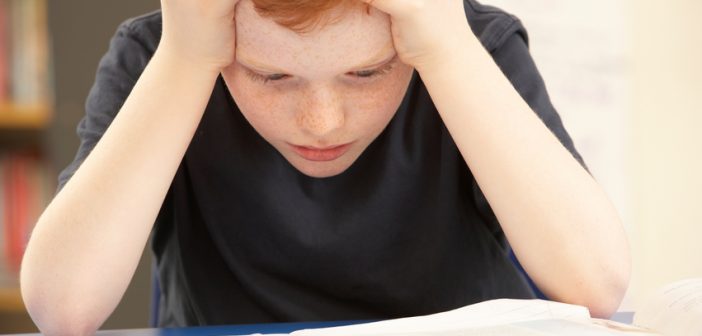Affecting approximately 10% of the population, dyspraxia is a motor skill disorder but it much more than just clumsiness. Boys are more affected than girls but many people are never diagnosed. It commonly occurs with conditions such as ASD and ADHD. It can also occur in conjunction with language disorders and other learning disorders such as dyslexia, dyscalculia and dysgraphia.
What is Dyspraxia?
Dyspraxia is a neurological condition that affects movement and coordination. It is also known as developmental coordination disorder (DCD). There is no single cause of dyspraxia. It can be a developmental disorder or occur after brain damage.
There are different types of dyspraxia. They can be broken into 3 broad categories:
- motor – problems with movement such as dressing, skipping or walking down stairs
- verbal – problems with speech
- oral – problems with movements of mouth and tongue
Dyspraxia makes planning and coordinating physical movement difficult. Children with the condition may struggle with balance and posture, appearing clumsy.
There is no cure for dyspraxia but there are therapies and treatments that can assist.

Signs of Dyspraxia
Dyspraxia symptoms can range from mild to severe.
Here are just some of the symptoms and signs:
- Delayed milestones for things such as crawling, walking, talking and toilet training
- Bumps into things and people often
- Unable to ride a trike or bike
- Has difficulty learning to hop, jump and skip
- Can’t catch or often drops items
- Has trouble with fine motor skills such as doing up buttons and zippers
- Has trouble with writing, poor pencil grip, hand fatigue.
- Has trouble with speech and volume.
Dyspraxia can also impact social skills, self-esteem and academic achievement as well, but it not generally an indication of intelligence levels.
The Understood website has a comprehensive breakdown of what dyspraxia looks like in children at different ages.
Diagnosing Dyspraxia
Unlike conditions such as dyslexia or dysgraphia, there are no specific tests to determine if a child has dyspraxia.
Dyspraxia may be diagnosed after other neurological conditions, such as cerebral palsy, have been ruled out.
Treatments and Support for Dyspraxia
Occupational and Speech Therapy can provide treatment and support through therapy approaches and aid devices.
School-based supports can include additional time to complete assessments and alternatives to writing such as technology or providing verbal responses. Talk to your child’s teachers about what accommodations can be made to support your child in the classroom.
At home you can encourage physical activity to help develop motor skills, such as swimming or playing catch. Exercises to help both gross and fine motor skills are important. There even apps to help with motor skills and spatial awareness.
Resources
Learning Difficulties Coalition


1 Comment
Are your children struggling with school while battling an illness? At Open Door Learning UNSW, we provide educational support for students facing chronic illnesses as we believe that every child deserves a fair chance at education.
For more information, visit our website: https://opendoorlearning.com.au/